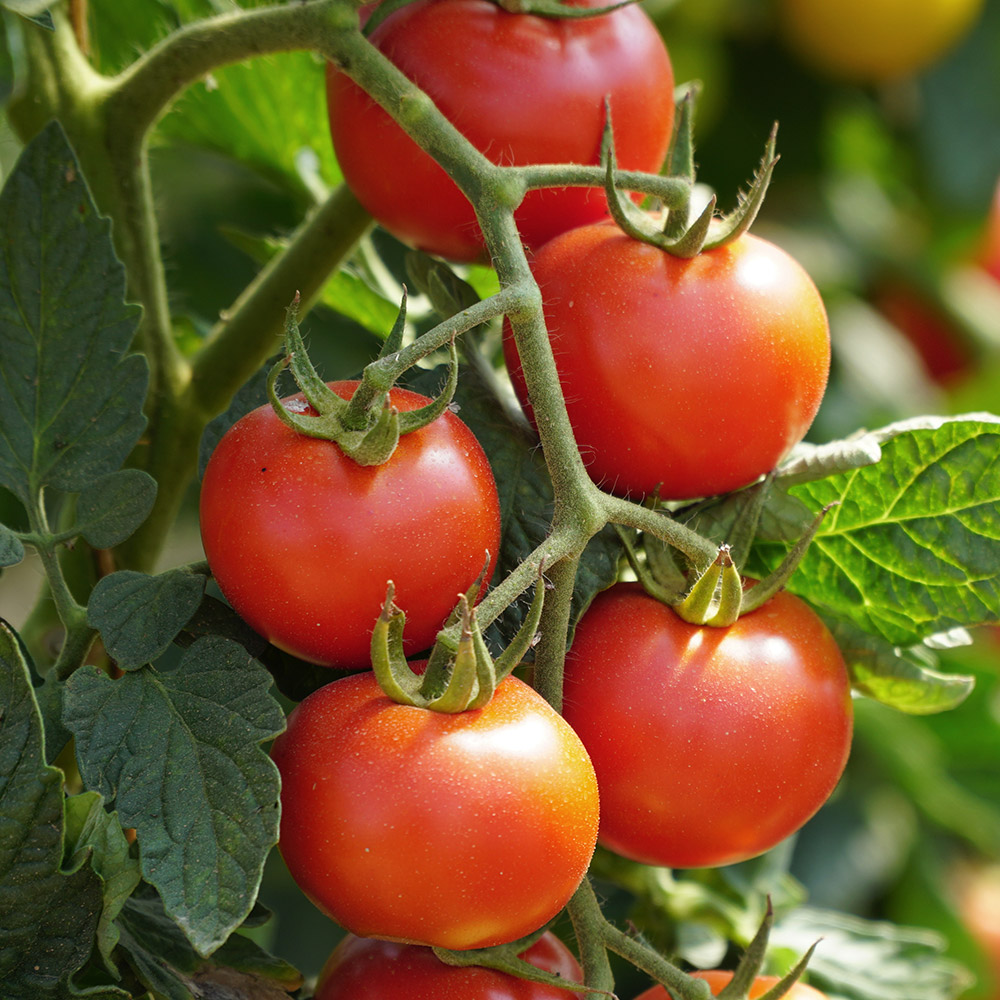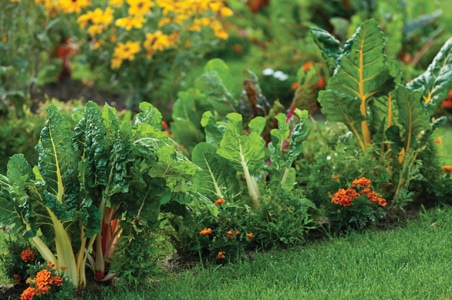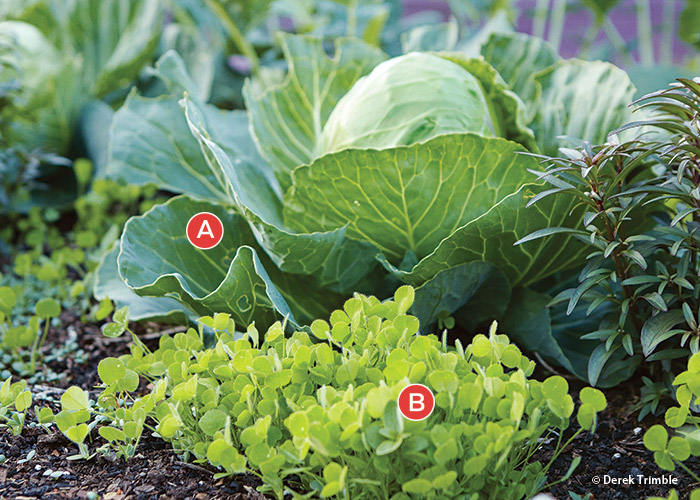The Ultimate Guide To Red Clover Companion Planting
The Ultimate Guide to Red Clover Companion Planting
Red clover is a nitrogen-fixing legume that is a valuable addition to any garden. It can be used as a groundcover, a living mulch, or a green manure crop. Red clover is also a great companion plant for a variety of other crops.
In this guide, we will discuss the benefits of red clover companion planting and provide a list of some of the best companion plants for red clover. We will also discuss how to plant and care for red clover companion plants.
Benefits of Red Clover Companion Planting
There are many benefits to planting red clover with other crops. Red clover can:
- Fix nitrogen in the soil. This means that red clover can provide nitrogen to other plants, reducing the need for fertilizer.
- Attract beneficial insects. The flowers of red clover attract a variety of beneficial insects, such as pollinators and predators of pests.
- Suppress weeds. Red clover can help to suppress weeds by shading the ground and competing with them for water and nutrients.
- Improve soil health. Red clover can improve soil health by increasing organic matter content, reducing soil compaction, and improving drainage.
- Act as a living mulch. Red clover can be used as a living mulch, which means that it can be planted around other crops to help suppress weeds, conserve moisture, and improve soil health.
Best Companion Plants for Red Clover
Red clover can be planted with a variety of other crops. Some of the best companion plants for red clover include:
- Carrots. Red clover can help to improve the flavor of carrots and protect them from pests.
- Cabbage. Red clover can help to deter cabbageworms and other pests from cabbage plants.
- Celery. Red clover can help to improve the flavor of celery and suppress weeds.
- Lettuce. Red clover can help to improve the flavor of lettuce and suppress weeds.
- Onions. Red clover can help to improve the flavor of onions and suppress weeds.
- Peas. Red clover can help to improve the growth of peas and suppress weeds.
- Potatoes. Red clover can help to improve the growth of potatoes and suppress weeds.
- Squash. Red clover can help to improve the growth of squash and suppress weeds.
- Tomatoes. Red clover can help to improve the growth of tomatoes and suppress weeds.
How to Plant and Care for Red Clover Companion Plants
To plant red clover companion plants, simply plant the red clover seeds in the same area as the other crops. The red clover seeds will germinate and grow quickly, and they will soon start to provide benefits to the other plants.
Once the red clover plants are established, you will need to water them regularly, especially during dry weather. You may also need to fertilize the red clover plants, but this is not always necessary.
In general, red clover companion plants are very easy to care for. With a little bit of care, you can enjoy the benefits of red clover companion planting for many years to come.
Conclusion
Red clover is a versatile and beneficial plant that can be used in a variety of ways in the garden. When planted with other crops, red clover can help to improve soil health, suppress weeds, attract beneficial insects, and provide nitrogen. If you are looking for a way to improve your garden, consider planting red clover companion plants.
Red clover is a versatile plant that can be used for a variety of purposes, including companion planting. Companion planting is a gardening technique that involves planting certain plants together to benefit each other. Red clover can be a great companion plant for a variety of vegetables, flowers, and herbs.
For example, red clover can be planted with tomatoes to help deter pests such as flea beetles. It can also be planted with cabbages and broccoli to help improve the soil's nitrogen content. Red clover is also a good companion plant for flowers such as roses and lavender. The flowers attract beneficial insects that help to pollinate the other plants in the garden.
If you are interested in learning more about red clover companion planting, I recommend visiting the website Gardenia Inspiration. This website has a wealth of information on the topic, including a list of recommended companion plants for red clover. You can also find tips on how to plant and care for red clover, as well as information on the plant's health benefits.
FAQ of red clover companion planting
What are some good companion plants for red clover?
Red clover is a nitrogen-fixing plant, which means it can add nitrogen to the soil. This makes it a good companion plant for many other plants, as it can help to improve their growth. Some good companion plants for red clover include:
- Tomatoes: Red clover can help to deter tomato pests, such as aphids and spider mites. It can also help to improve the flavor of tomatoes.

- Carrots: Red clover can help to suppress weeds and improve the drainage of soil. It can also help to attract beneficial insects, such as ladybugs and hoverflies, which can help to control carrot pests.
- Bees: Red clover is a good source of nectar for bees and other pollinators. This can help to improve pollination of your other crops.

- Cucumbers: Red clover can help to suppress weeds and improve the drainage of soil. It can also help to attract beneficial insects, such as ladybugs and hoverflies, which can help to control cucumber pests.
- Oats: Red clover and oats can be planted together as a cover crop. This can help to improve the soil and suppress weeds.

When is the best time to plant red clover?
Red clover can be planted in the spring or fall. It is best to plant it when the soil is warm and moist. If you are planting red clover as a cover crop, you can plant it in the summer.
How deep should I plant red clover seeds?
Red clover seeds should be planted about ¼ inch deep. You do not need to cover the seeds with soil.
How much space should I give red clover plants?
Red clover plants need about 12 inches of space between them. If you are planting red clover as a cover crop, you can plant it more densely.
How do I care for red clover plants?
Red clover plants are relatively easy to care for. They need full sun and moist soil. You should water them regularly, especially during hot, dry weather. You do not need to fertilize red clover plants, as they can fix nitrogen from the air.
Image of red clover companion planting
5 different images of "red clover companion planting" from Pinterest:
- Red clover and tomatoes: Red clover is a good companion plant for tomatoes because it helps to improve the soil nitrogen levels, which tomatoes need to thrive. It also helps to suppress weeds and attract beneficial insects.

- Red clover and peas: Red clover and peas are both legumes, which means they can fix nitrogen in the soil. This makes them good companion plants for each other, as they can help to improve the soil quality for both plants.

- Red clover and strawberries: Red clover is a good companion plant for strawberries because it helps to suppress weeds and attract pollinators. Strawberries are heavy feeders, so the nitrogen that red clover fixes in the soil can help to keep them healthy.

- Red clover and broccoli: Red clover is a good companion plant for broccoli because it helps to attract beneficial insects that can help to control pests. It also helps to improve the soil quality, which broccoli needs to thrive.

- Red clover and beans: Red clover is a good companion plant for beans because it helps to improve the soil nitrogen levels, which beans need to thrive. It also helps to suppress weeds and attract beneficial insects.

Post a Comment for "The Ultimate Guide To Red Clover Companion Planting"